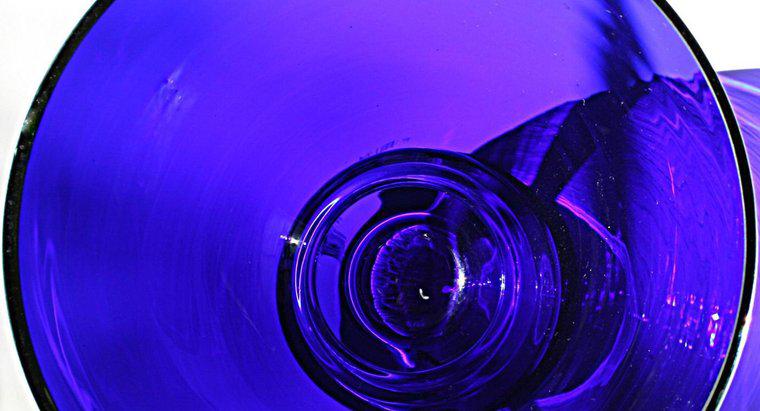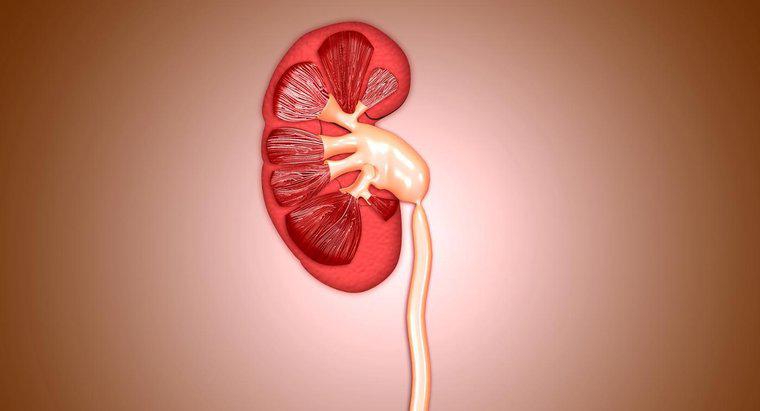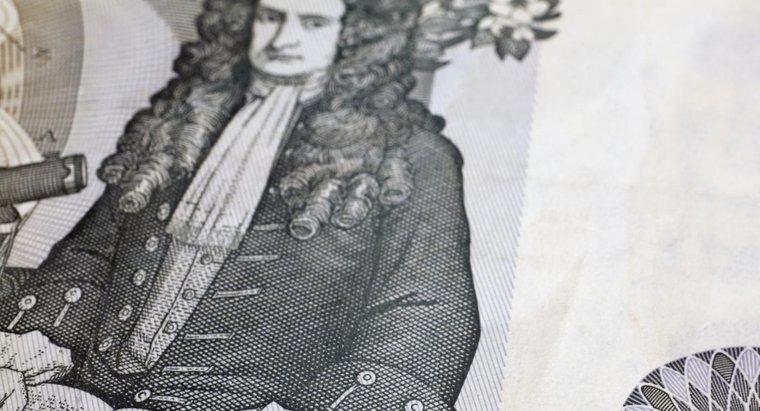Kobalt(II)-oxid wird durch die Summenformel CoO dargestellt. Es kann auch als Kobaltmonoxid bezeichnet werden. Kobalt(II)-oxid kann aus der Zersetzung von Kobalt(III)-oxid entstehen.
Die Summenformel für Kobalt(II)-oxid zeigt, dass es ein Atom Kobalt und ein Atom Sauerstoff enthält. Die römische Ziffer II in Klammern nach dem Co-Symbol gibt die Ladung des Kobalts an. Kobalt(II) hat beispielsweise eine positive Ladung von zwei, während Kobalt(III) eine positive Ladung von drei hat. Als Feststoff erscheint Kobalt(II)-oxid entweder als Kristall oder als Pulver. Es wird in Keramik verwendet, um die Farbe Kobaltblau herzustellen. Kobalt(II)-oxid hat eine Molmasse von 74,93 Gramm pro Mol.











